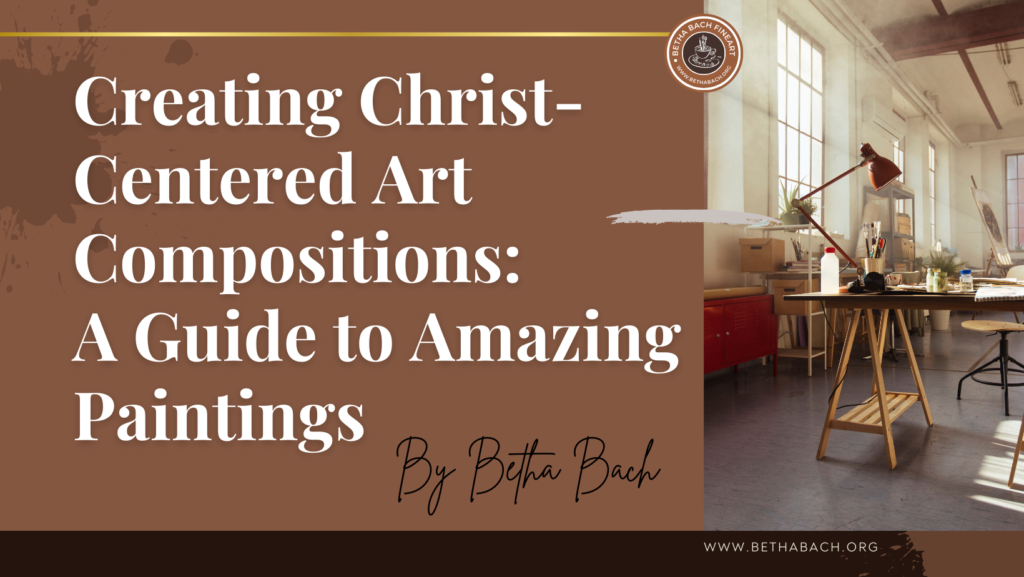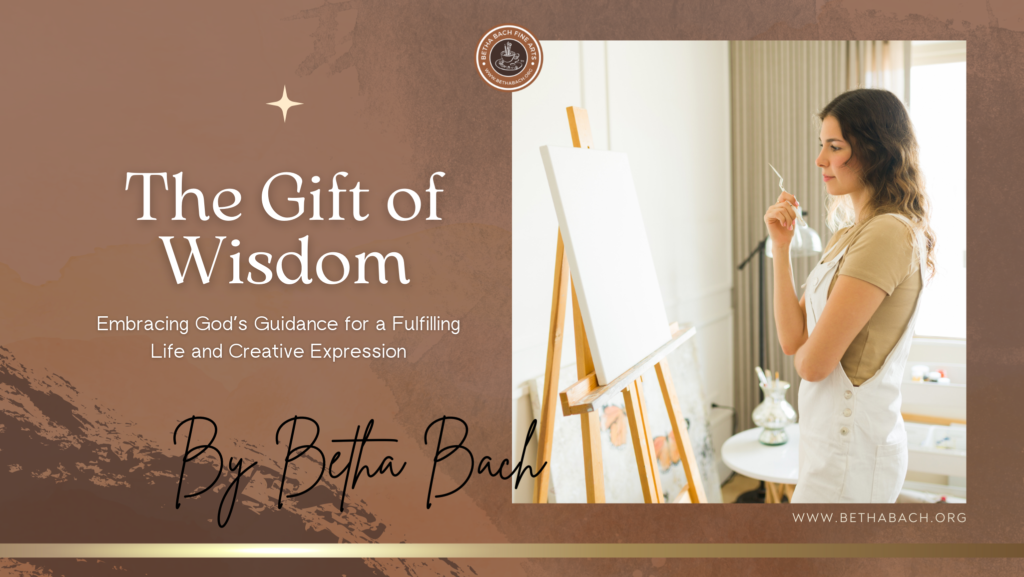Title
“Unleashing the Creative Mind: Identifying and Nurturing Creativity”
By Betha Bach

Qoutes
"Creativity is the spark that transforms the ordinary into the extraordinary, the unseen connections into groundbreaking ideas, and the fearless imagination into reality."
Creativity is a magical force that drives innovation, art, and problem-solving. It’s about seeing the world in a unique way, making connections between seemingly unrelated ideas, and turning those insights into something extraordinary. But what exactly makes a person creative, and how can we identify and nurture these traits?
The Anatomy of a Creative Person
A creative person is someone who can generate original, imaginative, and often groundbreaking ideas. They think outside the box, and their thought processes are characterized by curiosity, open-mindedness, and a fearless willingness to experiment. Here are some hallmark traits of creative individuals:
- Originality: They come up with unique and novel ideas.
- Curiosity: A strong desire to learn and explore.
- Open-mindedness: Willingness to consider different perspectives.
- Problem-solving skills: Innovative approaches to challenges.
- Imagination: Ability to visualize possibilities beyond reality.
- Risk-taking: Embracing new things despite potential failure.
- Passion: Deep dedication to their interests.
- Flexibility: Adaptability in thought processes.
- Observation: Noticing details others might overlook.
- Persistence: Continuously refining ideas despite obstacles.
- Expressiveness: Using various forms to convey ideas and emotions.
Factors Influencing Creativity
- Innate Potential: Everyone has some level of inherent creativity, but its expression varies. Creativity isn’t limited to arts; it spans across science, cooking, gardening, and more.
- Environment and Nurturing: A supportive environment that encourages curiosity and experimentation is crucial for creative development.
- Mindset: A growth mindset fosters creativity by viewing challenges as opportunities for growth, unlike a fixed mindset that limits potential due to fear of failure.
- Practice and Habits: Like any skill, creativity can be honed through regular practice and cultivating creative habits.
- Barriers: Overcoming fear of failure, lack of confidence, and rigid thinking patterns are essential for unlocking creative potential.
- Individual Differences: Recognizing and nurturing individual differences is key to maximizing creative potential in various fields.
Measuring Creativity: The Torrance Tests of Creative Thinking (TTCT)
One of the most widely used tools for assessing creativity is the Torrance Tests of Creative Thinking (TTCT). Developed by E. Paul Torrance, the TTCT measures divergent thinking and problem-solving skills through verbal and figural tasks.
Components of the TTCT:
Verbal Task:
- Ask-and-Guess: Thinking of questions and consequences for a given scenario.
- Product Improvement: Suggesting ways to enhance a product.
- Unusual Uses: Listing as many uses as possible for a common object.
- Just Suppose: Imagining improbable situations and their implications.
Figural Tasks:
- Picture Construction: Incorporating a given shape into a drawing.
- Picture Completion: Completing partial drawings uniquely.
- Lines/Circles: Creating different drawings using a series of lines or circles.
Scoring:
- Fluency: Number of ideas generated.
- Flexibility: Diversity of ideas.
- Originality: Uniqueness of ideas.
- Elaboration: Amount of detail provided.
Sample Test:
Verbal Task Example:
- Unusual Uses for a Paper Clip: List as many different uses as you can think of for a paper clip.
Figural Task Example:
- Complete the Drawing: Create a complete picture incorporating a given shape.
Administering the Test:
- Materials: Paper, pencils, and TTCT forms.
- Environment: Quiet, distraction-free setting.
- Instructions: Clear explanations and ample time for completion.
Interpretation of Results:
- Higher scores in fluency, flexibility, originality, and elaboration suggest strong creative thinking abilities.
TEST DOWNLOAD https://www.ststesting.com/gift/TTCT_InterpMOD.2018.pdf
Further Resources:
- Torrance, E. Paul. “Torrance Tests of Creative Thinking.” Scholastic Testing Service, Inc.
- Kim, Kyung Hee. “Can We Trust Creativity Tests? A Review of the Torrance Tests of Creative Thinking (TTCT).” *Creativity Research Journal*, vol. 18, no. 1, 2006, pp. 3-14.
Online Creativity Tests:
Creative Type Test (https://mycreativetype.com/) by Adobe: Understand your creative personality.
Creativity is a dynamic force that can be identified and nurtured in anyone. By understanding the traits and factors that influence creativity, and using tools like the TTCT, we can foster an environment that encourages innovative thinking and artistic expression. Embrace your creative potential, and let your imagination soar!
Further Reading:
[Verywell Mind: Characteristics of Creative People]
(https://www.verywellmind.com/characteristics-of-creative-people-2795488)
[CircleDNA: 11 Characteristics and Qualities of Creative People]
(https://circledna.com/blog/11-characteristics-and-qualities-of-creative-people)
[The Second Principle: Characteristics of Highly Creative People]
(https://thesecondprinciple.com/understanding-creativity/creativetraits/)





